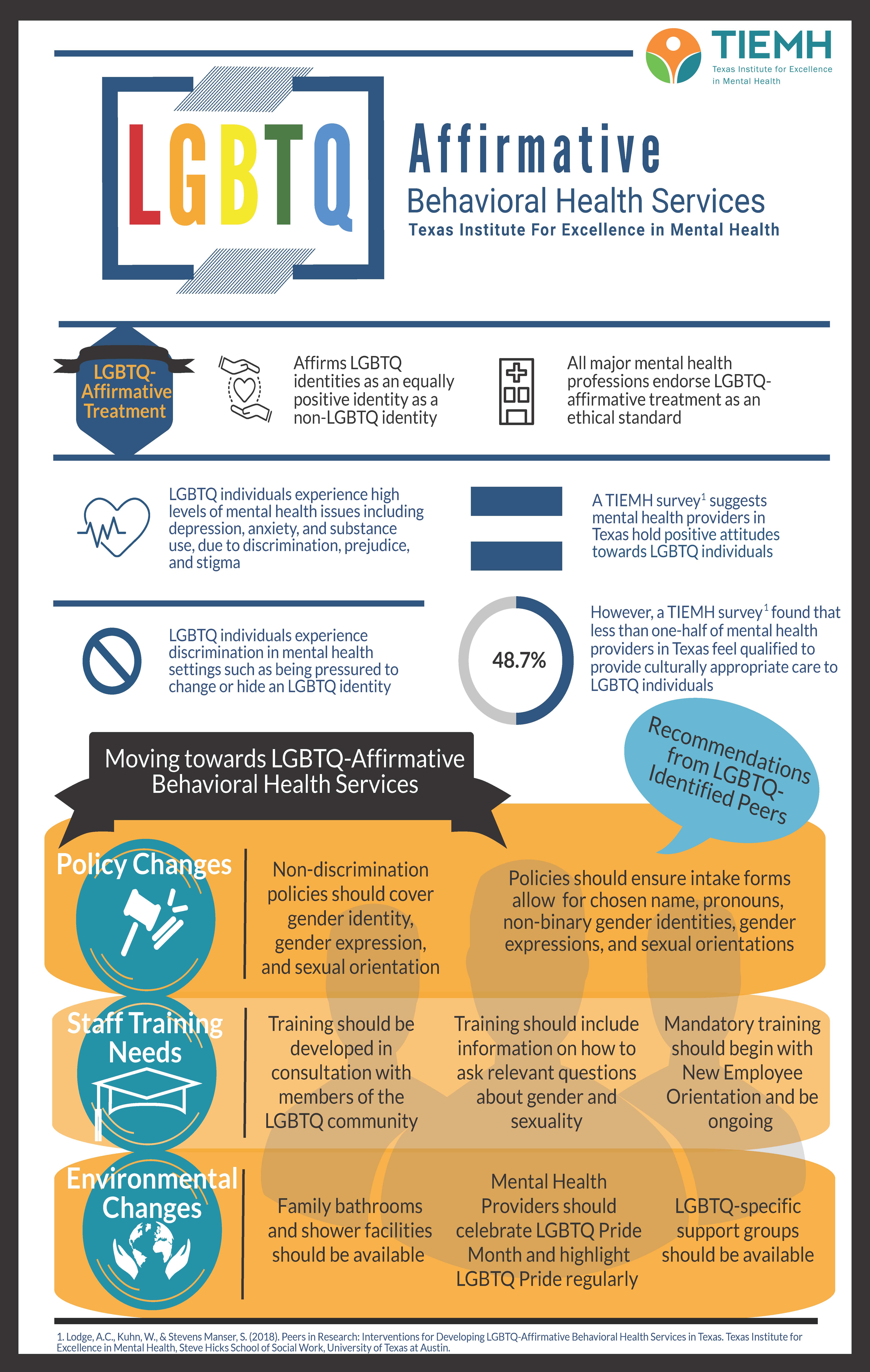How Telehealth Is Changing Health Care Providers: What You Need To Know

Created By-Brantley McDougall
In today's swiftly progressing healthcare landscape, telehealth has actually emerged as a game-changer in the realm of primary care solutions. Imagine a situation where conventional health care borders are transcended, and medical appointments are simply a click away. However what does this mean for the future of medical care delivery, and exactly how will it influence your interactions with doctor? Stay tuned to uncover websites into how telehealth is improving health care solutions and what it indicates for you as an individual navigating this brand-new era of health care.
The Rise of Telehealth in Primary Care
With the development of modern technology, telehealth has actually considerably increased in importance within health care solutions. You might have already discovered how easy it's to set up a virtual consultation with your medical professional or therapist. Telehealth allows you to get medical suggestions and treatment from the comfort of your own home, saving you time and reducing the demand for in-person visits.
Several medical care providers currently supply telehealth services as part of their normal method, giving you extra alternatives for accessing medical care. By using video clip calls, phone assessments, and secure messaging, telehealth enables you to connect with health care specialists effectively. This change towards telehealth has been accelerated by the COVID-19 pandemic, highlighting the importance of remote medical care solutions.
As even more people experience the benefit and effectiveness of telehealth, it's expected to come to be an irreversible component in health care services.
Conveniences of Telehealth Solutions
Telehealth services supply individuals a convenient and effective means to gain access to medical care remotely. https://squareblogs.net/gayle18glenna/discovering-the-perfect-primary-care-supplier-for-your-households-wellness of the essential benefits is increased accessibility to physician, especially for individuals living in rural or underserved areas. With telehealth, you can get in touch with medical professionals and specialists without the demand to take a trip fars away, conserving you time and money.
An additional benefit is the versatility it offers in organizing visits. You can schedule virtual consultations at a time that matches you, getting rid of the need to require time off job or rearrange your everyday regimen. This flexibility also reaches follow-up appointments and tracking of persistent problems, making medical care much more manageable and less disruptive to your life.
Furthermore, telehealth services can improve connection of care by allowing smooth interaction between different healthcare providers involved in your treatment. This better coordination can result in much better health results and a much more all natural approach to your wellness.
Furthermore, telehealth can minimize the threat of exposure to infectious health problems, making it a secure alternative during illness break outs like the recent COVID-19 pandemic.
Challenges and Future Overview
Browsing regulative obstacles remains a considerable difficulty for the prevalent adoption of telehealth solutions in health care. Healthcare providers must comply with different state and government policies that can vary significantly, developing complexities for smooth telehealth shipment.
Compensation plans likewise pose a challenge, as not all insurance plans totally cover telehealth solutions, limiting patient accessibility and provider readiness to supply these solutions.
In addition, technical obstacles such as irregular net connection in backwoods can hinder the effectiveness of telehealth brows through. Making sure person personal privacy and information protection in virtual examinations is one more pushing worry that requires durable options to preserve discretion and trust.
Looking ahead, the future of telehealth in medical care appears promising with advancements in technology and developing health care plans. Collaborative initiatives in between policymakers, medical care organizations, and technology companies are important to resolve these challenges.
Verdict
To conclude, telehealth is changing primary care by providing practical and efficient remote health care solutions.
With the rise of virtual consultations, clients can quickly access clinical advice and treatment from the comfort of their homes.
In spite of some challenges, the future of telehealth in medical care looks assuring with boosted continuity of treatment and improved client end results.
Welcome the benefit and benefits of telehealth for a much more easily accessible and reliable healthcare experience.

